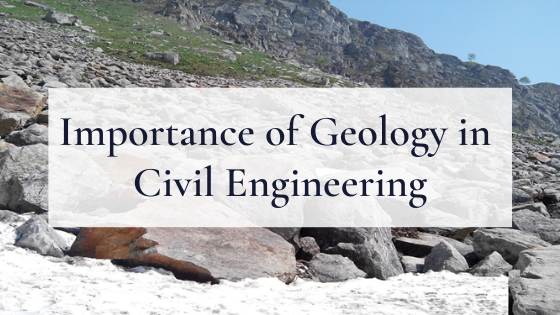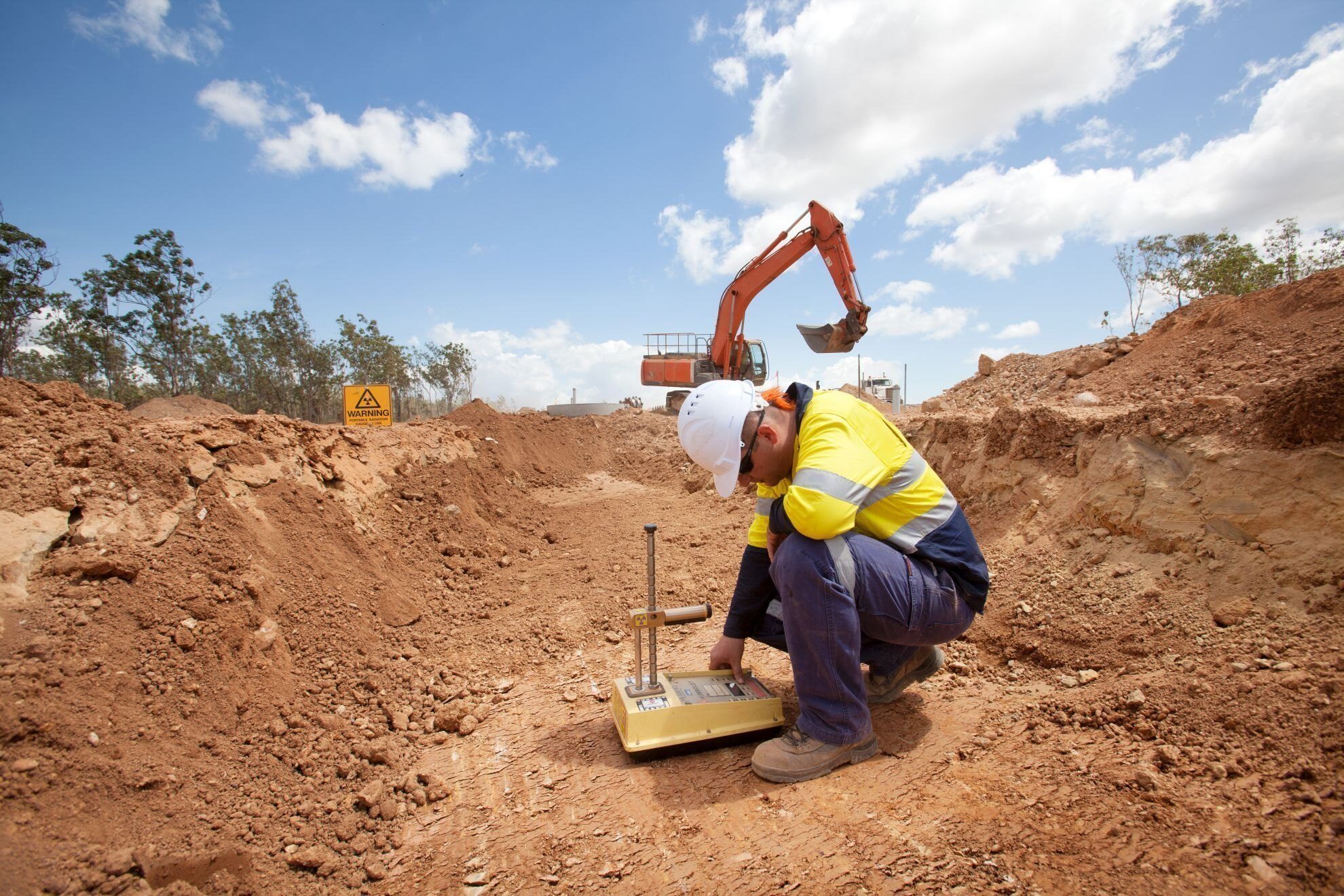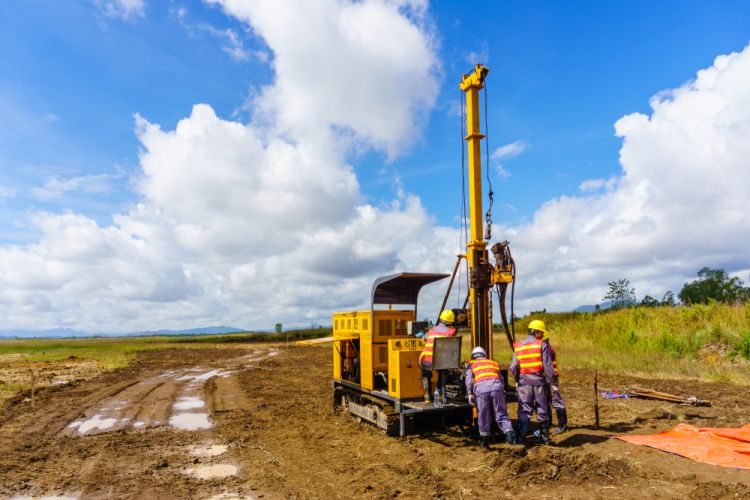Rumored Buzz on Geotechnical Engineering For Construction Projects
Things about Geotechnical Engineering For Construction Projects
Table of ContentsThe smart Trick of Geotechnical Engineering For Construction Projects That Nobody is Talking AboutHow Geotechnical Engineering For Construction Projects can Save You Time, Stress, and Money.3 Easy Facts About Geotechnical Engineering For Construction Projects DescribedAn Unbiased View of Geotechnical Engineering For Construction ProjectsAn Unbiased View of Geotechnical Engineering For Construction ProjectsAbout Geotechnical Engineering For Construction ProjectsThe Only Guide to Geotechnical Engineering For Construction Projects
Principles and Practice of Ground Improvement. Ground Improvement Principles And Applications In Asia. Style evaluation in rock auto mechanics.Cengage Learning, Stamford, 666 p. Atkinson, J., 2007. The mechanics of soils and foundations. Taylor & Francis, N.Y., 442 p. Floating Offshore Wind Turbines: Feedbacks in a Sea state Pareto Optimal Designs and Economic Assessment, P. Sclavounos et al., October 2007. Nicholson, D, Tse, C and Dime, C. (1999 ). The Observational Approach in ground design principles and applications.
The Greatest Guide To Geotechnical Engineering For Construction Projects
Lab and field testing plays a crucial duty in this process. By removing samples from the earth's subsurface and using a suite of examinations, geotechnical engineers can forecast the practices of soil layers and examine their viability for different building efforts. The significance of geotechnical design in civil engineering can not be overstated, attributable to a number of aspects: The initial action in any type of geotechnical study includes identifying the soil kind at the building site.
The foundation acts as the bedrock of any type of construction task. Choosing the proper structure kind is a decision that hinges on the comprehensive analysis supplied by geotechnical engineering.

Geotechnical website investigation is an essential step in the planning and implementation of any kind of construction job. It includes the collection and evaluation of data connected to the physical properties of soil and rock below a suggested building website. This information is vital for the design and construction of safe, stable, and sustainable frameworks.
The Ultimate Guide To Geotechnical Engineering For Construction Projects
In this blog, we will explore the value of geotechnical website examination, its different components, and exactly how it benefits construction tasks. Geotechnical website investigation, additionally called subsurface expedition, entails a series of tasks targeted at establishing the soil, rock, and groundwater problems at a building and construction website. The main goals are to recognize possible geotechnical risks, evaluate the design buildings of subsurface products, and give referrals for the layout and building and construction of foundations, maintaining wall surfaces, and various other structures.
This might consist of geological maps, airborne pictures, previous investigation records, and historical data. The workdesk study aids in recognizing prospective geotechnical issues and planning the subsequent fieldwork. Adhering to the workdesk research study, a site reconnaissance is conducted to visually check the site and its environments. This involves observing the topography, drain patterns, existing structures, plant life, and any kind of signs of instability or erosion.
The Buzz on Geotechnical Engineering For Construction Projects
Shallow test pits are dug deep into to directly observe and sample the soil and rock. This method serves for examining the upper layers of the subsurface and identifying near-surface hazards. Non-invasive geophysical approaches, such as seismic refraction, ground-penetrating radar (GPR), and electric resistivity tomography (ERT), are made use of to map subsurface problems and find abnormalities.
Soil and rock samples accumulated during the area examination are subjected to research laboratory screening to establish their physical and mechanical residential properties. These tests offer vital data for geotechnical evaluation and layout.
The primary advantage of geotechnical site examination is ensuring the safety and security and stability of structures. By comprehending the subsurface conditions, engineers can design structures and various other architectural aspects that can stand up to the lots and environmental forces they will certainly go through. This reduces the risk of settlement, decrease, and structural failing.
Some Ideas on Geotechnical Engineering For Construction Projects You Need To Know
This makes certain effective and safe building methods. Geotechnical website investigations are commonly required by developing codes and guidelines.
This information is invaluable for job managers, designers, and contractors in establishing practical routines, budgets, and backup strategies. Geotechnical Engineering for Construction Projects. Skyscraper in a Coastal AreaIn a coastal city, a skyscraper property structure Check This Out was intended on a site with presumed loosened sand deposits and a high water table. A comprehensive geotechnical investigation, consisting of borehole exploration, CPT, and geophysical surveys, was performed
Not known Facts About Geotechnical Engineering For Construction Projects
Based on these findings, the structure layout was customized to include deep pile foundations extending right into steady strata, and ground renovation methods, such as vibro-compaction, were executed to reduce liquefaction dangers. This proactive approach ensured the safety and security and stability of the building while avoiding expensive post-construction remediation. Framework Growth on a Sloping TerrainA significant infrastructure job, including the construction of a highway and bridges, was intended on a sloping terrain with steep inclines.

The Leaning Tower of Pisa (Italy), a famous Click This Link building wonder, is notorious for its unplanned tilt from substantial geotechnical problems. The tower's foundation was inadequately made to manage the soft, unstable dirt beneath it, leading to uneven negotiation and its distinctive lean. Our world is dotted with remarkable infrastructure projectsfrom towering skyscrapers to sprawling bridgesall standing testament to the evolution of the various building and construction equipment and techniques readily available.
Geotechnical design is a customized area within civil design that concentrates on examining the actions of earth products. This branch digs deep right into the groundinvestigating just how the soil, rock, and groundwater at a building and construction site can influenceand be affected bythe framework that we erect on and right into them. Before a single block is laid or a concrete structure put, geotechnical designers probe right into the earthgathering critical information regarding the site's dirt composition, rock framework, and groundwater levels.
The Buzz on Geotechnical Engineering For Construction Projects

is a tool utilized to examine the integrity and load-bearing capacity of piles throughout installation, leveraging the principle of wave proliferation. It maximizes building and construction performance by offering real-time evaluations, therefore making sure secure and effective pile foundations. Among the sensible applications of geotechnical engineering entails deciding and executing the right approaches for foundation construction.
Load driving stands for more than the mere act of placing structural aspects right into the ground. On the contrary, it is a very carefully managed process of moving a framework's load past the much less steady soil layers closer to the surfacedown to the extra significant strata that lie underneath. When it comes to pile driving, take into consideration just how geotechnical designers adeptly use this read this method to equally disperse the framework's weight.